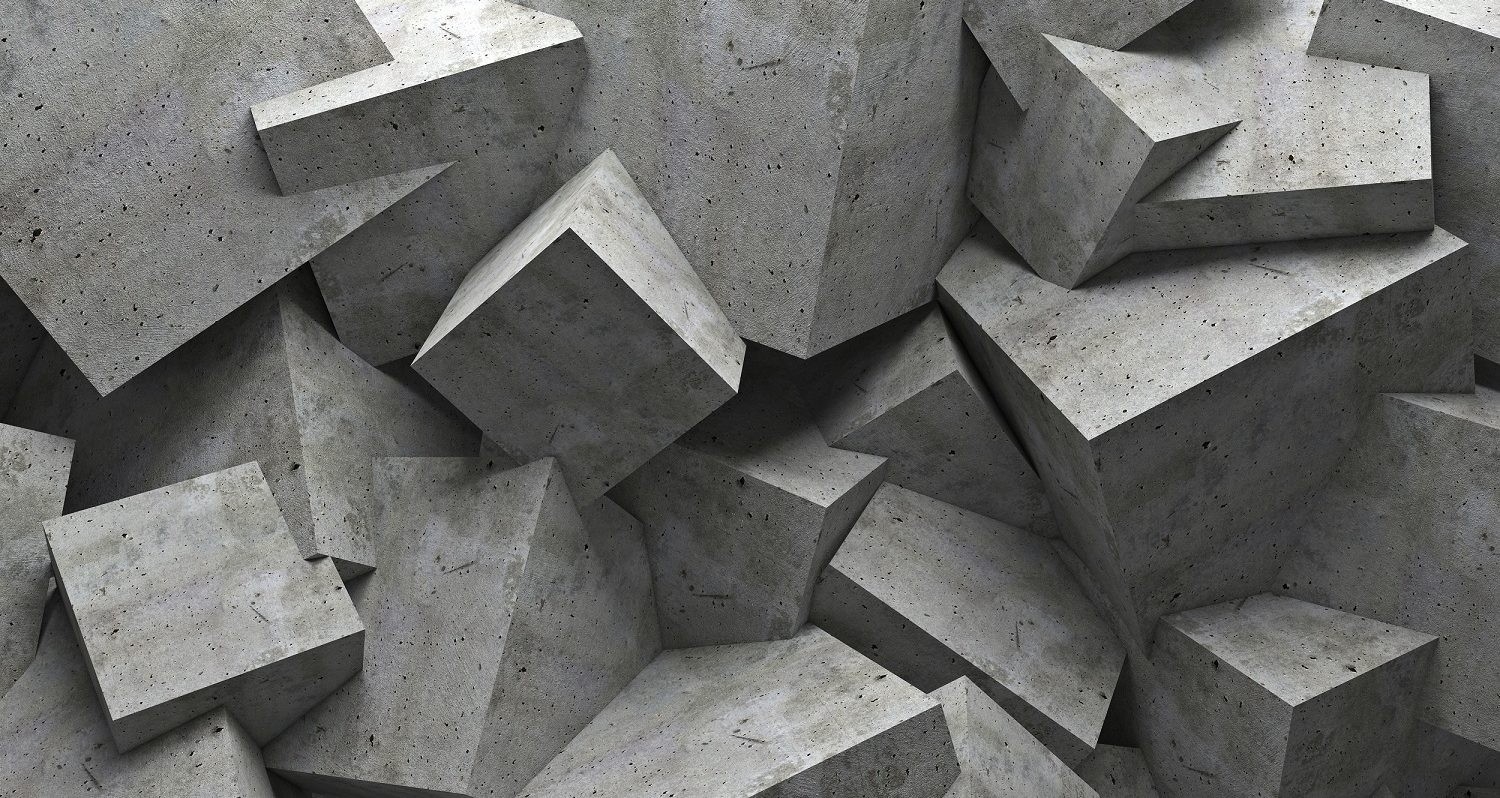Concrete and aerated blocks: characteristics and differences
Arton support staff often have to advise clients on how to distinguish aerated concrete from other building materials that are similar in origin. Conventional concrete is no exception, even though such a comparison is not logical. In this article we will look at the main differences between aerated blocks and concrete, and indicate the possibilities of using each material. Also here you will find an explanation of the reasons why comparing ordinary concrete with aerated concrete is not entirely correct.
General definitions of materials
Before giving basic definitions of each of the materials, we note that they have a number of common characteristics. This is due to the fact that almost the same raw material base is used for the production of concrete and aerated concrete. Cement and sand — the basic components from which both materials are made. The difference lies in the remaining components and production technologies.
Speaking of definitions, we note that ordinary concrete — broader concept. Actually this term has two meanings. The first of them — building material used for the construction of civil and industrial buildings. The second (more often used in the plural) — a general term for different types (road, heat-insulating, polymer, cellular, autoclave and others). According to the second definition, aerated concrete is also included in the category of concrete, that is, it is a narrower concept.
The general definition of concrete can be formulated as an artificial stone building material that is obtained by molding and hardening a compacted and thoroughly mixed mixture. The composition of such a mixture may include mineral or organic binders, fillers, water, as well as special additives. The basis of aerated concrete is made up of mineral binders and siliceous filler. This material is one of the varieties of cellular concrete. Aerated concrete differs from ordinary concrete by closed spherical pores, the diameter of which ranges from 1 to 3 mm.
Main characteristics and differences
Next we list the main properties and features of ordinary concrete and aerated blocks. As already noted, concrete — quite a general concept. Therefore, if you delve deeper into its physical and technical characteristics, you can make separate lists for each type. Common to all varieties are density, strength, ductility, fire resistance and water permeability. However, these indicators are different for different species. So, when it comes to durability, there are different brands. Moreover, the classification is carried out separately for ordinary and lightweight concrete.
Density is the degree to which a volume is filled with a solid substance. This indicator depends on the amount of water used in the manufacture of the material. The smaller it is, the higher the density of concrete. Plasticity — a property that provides convenience and efficiency of installation. According to this criterion, concrete can be cast, plastic and rigid. Different types are used for different purposes.
Water permeability — indicator of water infiltration at maximum pressure. All types of concrete are characterized by low water permeability, which plays an important role in construction work. Fire resistance — a characteristic common to most concretes. As a rule, the withstand temperature for concrete structures is 250°C. An exception is the category of refractory concrete. Structures made from such material can withstand temperatures up to 1800°C and higher.
As for aerated concrete, the main properties of this material are the same as those listed above. (This is natural, since it is one of the types of concrete). At the same time, the specific composition and production technologies provide several unique features that distinguish aerated blocks from conventional concrete. Such distinctive characteristics of the material include:
- Relatively light weight. This indicator provides not only ease of use, but also cost savings compared to other materials, including concrete blocks and structures.
- Low thermal conductivity. The presence of pores helps create an optimal microclimate. In winter, aerated concrete blocks do not release heat outside, and in summer they reduce the degree of its penetration into the premises.
- Vapor tightness. This property provides enhanced protection against mold, mildew and condensation. Aerated concrete blocks allow you to build “breathable” blocks. walls, which is especially important for densely populated areas.
- Noise reduction. The porous structure of aerated concrete significantly reduces sound transmission. Therefore, aerated concrete protects rooms from external noise better than conventional concrete.
- Environmental safetyAerated concrete blocks do not contain components that can release harmful substances. In addition, environmental friendliness is manifested in protection from rot, mold and mildew, and good air permeability.
The advantages of aerated concrete over conventional concrete and a number of other materials also include comparative ease of use. As already noted, gas blocks are lighter, which makes it possible to produce large-sized blocks. In addition, this material is easier to drill, cut and groove, and its precise dimensions simplify the laying process.
